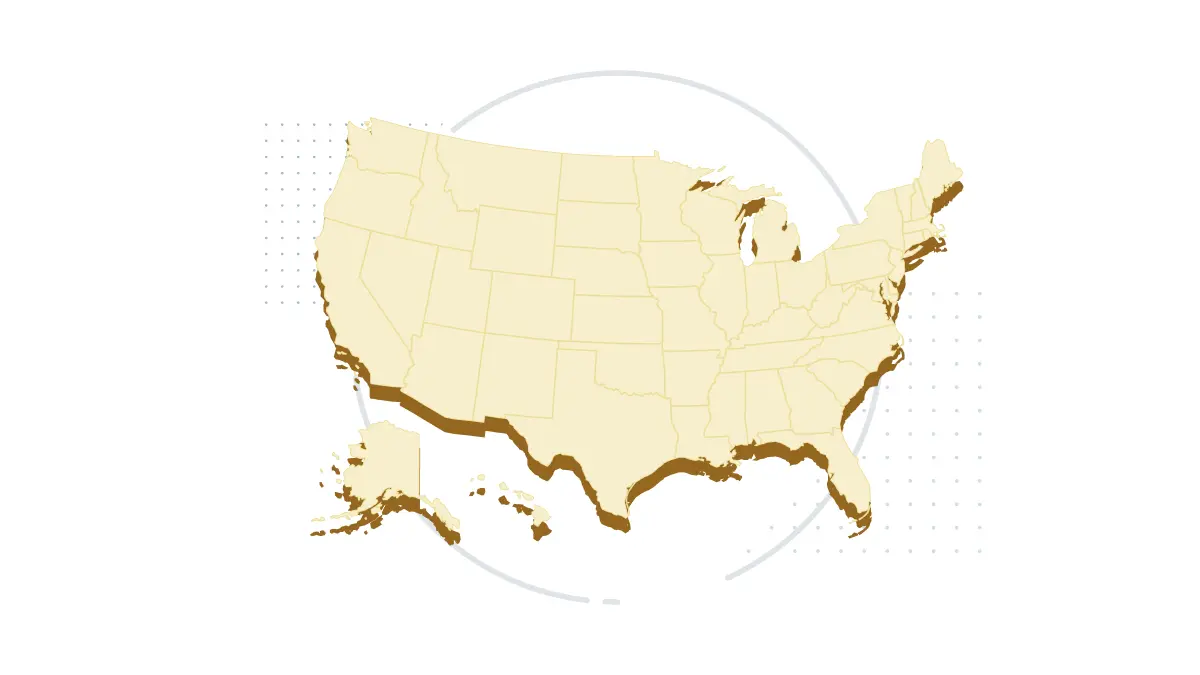Staying Compliant Amidst Tax Code Changes

Staying Compliant Amidst Tax Code Changes
Mid-year is a great time to review your company’s retirement plan to make sure it complies with all legal and operational requirements. This is especially true given the Tax Cuts and Jobs Act (TCJA) that was signed into law in late 2017, which changed the tax code in several ways that may impact your plan. We’ve identified a few key areas we believe deserve a second look.
Ensure You’re Complying With New Fringe Benefit Provisions
Usually, employers have a generous remedial period in which to make any necessary plan amendments to comply with changes to the tax code, but not so in the case of employer-provided transportation fringe benefits and loans. Several of TCJA’s changes took effect on January 1, 2018.
- Employees must include moving expenses paid for by the employer in gross income unless the employee is a member of the Armed Forces on active duty or needs to move pursuant to military order.
- Employer-sponsored commuting benefits must now be included in gross income, except for some “de minimis” fringe benefits like transit pass or parking benefits of $21 or less. This may be an especially important issue for employers in Washington, DC, New York, or other states that require employers to offer these benefits. Employees can exclude from gross income occasional overtime transportation and some transportation costs for safety concerns that are paid by the employer.
- The TCJA also expands the time period for an employee who terminates employment or separates from service with an outstanding loan to repay the loan or roll over any distribution to the due date for filing the employee’s tax return for that year (including extensions).
- For employers based in Puerto Rico and other hurricane-affected areas, the TCJA also includes disaster relief on plan distributions.
Make Necessary Plan Amendments Now to Avoid Operational Errors in the Future
The TCJA changes may necessitate plan amendments so that plans align with current legal requirements. For instance, if your plan defines compensation to exclude employer-provided transportation benefits in gross income, those provisions need to be changed to comply with the TCJA. Retirement plans that do not provide hurricane relief will also need to be amended by December 31st. You may need to make similar changes to any loan provisions of your plan.
Once you’ve made the necessary changes, verifying your payroll system is coded consistently with the plan document is important. If not, the result is an operational error that could be very expensive and time-consuming for the employer to fix. It is also a common finding in a DOL or IRS audit, which could have other implications for your plan.
Consider Reviewing Plan Design to Best Support Employees
With the TCJA bringing corporate tax rates to unprecedented low levels, some employers are using their windfalls to reward employees with salary increases, matches, and bonuses. This is great news for retirement plans since these benefits translate into more efficient retirement savings.
Now that the TCJA has been in effect for about six months, it may be a good time for businesses to review their plan designs to make sure the plan serves your goals, such as helping employees boost their retirement savings, attracting and retaining talent, or maximizing tax savings. Now may be the right time to implement automatic enrollment or escalation features, start or increase the default savings rate, or allow Roth contributions. Businesses should also consider revising the plan’s eligibility rules to encourage employees to start saving sooner. Employers can also reduce turnover through attractive employer match programs. You can benchmark your matching program against peers and evaluate whether the match or the scope of matched employee deferrals needs to be changed to meet your financial or cash flow needs.
More legislative activity in the coming year could affect your retirement plan, with everything from requiring after-tax contributions to expanding the availability of multiple employer plans. It is a good idea to get into the habit now of making sure your plan is ready for even more changes ahead.








